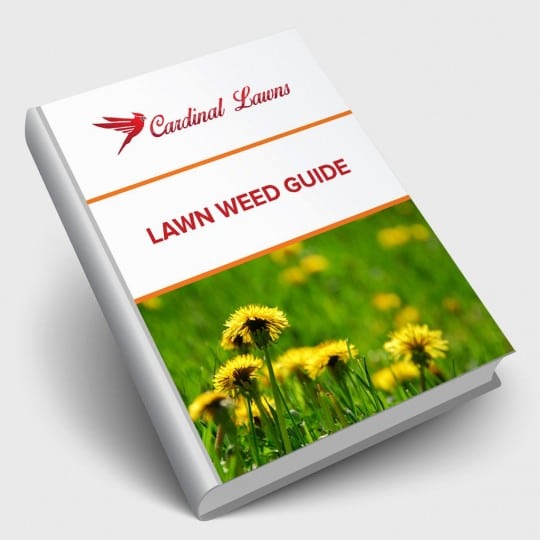Identifying Woody Weeds
And Methods of Weed Control
Posted
June 17, 2021

Some weeds are tougher to control than others. You’ve got your common thin, grassy weeds and hardier broadleaf weeds. Then there are those woody weeds that prove to be more difficult to remove. Identifying woody weeds is the first step in effective control. Learn what to watch for and how to keep your lawn from looking like the woods.
Identifying Woody Weeds
As their name suggests, woody weeds are plants that you’d typically find in the woods, such as vines, shrubs, and trees. However, they’re classified as weeds if they’re growing in your lawn when you didn’t plant them.
Since all weeds are different, many factors should be considered during the elimination process. From the size and shape of foliage to the stems and roots, each factor helps identify the weed and method of control. The plant’s growth cycle and current climate also help determine whether the weed will return next year, either making it easier or harder to deal with.
Common Woody Weeds
While there are hundreds of plants that can be classified as woody weeds, some are more commonly found in your lawn or garden, including:
- Bamboo
- English ivy
- Wild strawberries
- Poison ivy and oak
These invasive weeds steal valuable nutrients from other plants and can be difficult to remove, especially the ones that are poisonous. Any leftover roots could develop into another plant. This is why choosing the right method of weed control is so important.
Woody Weed Control
After you’ve properly identified the weed you’re dealing with, you can look into the right method of removing it. Here are a few suggestions.
- Root barriers and mulches. These methods are used for stunting the growth of the weed and preventing it from reaching the surface. However, it doesn’t mean the weed is completely eradicated. If left untreated, the weed is likely to return, especially if the method is discontinued.
- Post-emergent herbicides. Once you see the weed has sprouted, these chemical products help in controlling the growth and spreading of the weed. Whenever choosing a chemical method of control, it’s important to choose the product made for the specific type of weed and follow all directions carefully.
- Professional plant care. For help identifying and controlling woody weeds, contact a plant specialist at Cardinal Lawns. Having someone familiar with the components of the plant and the method of control will make the process easier and more effective.
Before your backyard turns into a woody weeded forest, turn to the experts at Cardinal Lawns to help get your gardens under control.

Download Your FREE Lawn Weed Guide
Before weeds take over your yard this season, learn to identify and prevent them in the first place. Keep your lawn looking great all year!